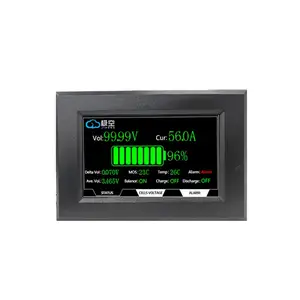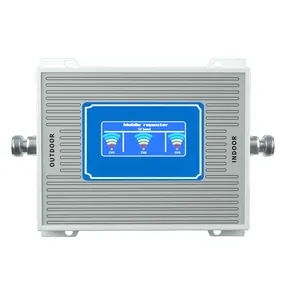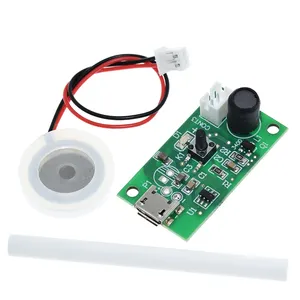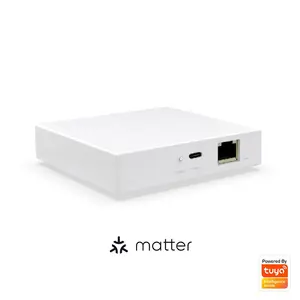Popular in your industry










































































































































































Top categories
About 4s 14.8v 50a bms
Understanding the 4S 14.8V 50A BMS
Battery Management Systems (BMS) are crucial for managing the operational parameters of battery packs, ensuring safety, and extending their lifecycle. The 4S 14.8V 50A BMS category encompasses a range of systems designed specifically for 4-cell series configurations, commonly used in various applications requiring a balance of power and portability.
Types and Configurations
The 4S BMS is tailored for 14.8V battery packs, which are often found in consumer electronics, medical devices, and energy storage solutions. These systems can vary in terms of features such as overcharge protection, short circuit protection, and thermal management, catering to different requirements and ensuring the longevity of the battery packs they serve.
Applications and Uses
A 14.8V BMS is versatile, supporting applications ranging from portable power tools to backup power systems. Its 50A current rating indicates its suitability for high-drain devices, ensuring that energy delivery is both efficient and safe across various demanding applications.
Features and Materials
The 4S 14.8V 50A BMS often incorporates advanced materials and components that provide thermal stability and electrical insulation. Features may include temperature monitoring and control circuits, which are essential for maintaining performance and safety standards.
Advantages of Using a 4S 14.8V 50A BMS
Utilizing a 4S 14.8V BMS in a battery pack offers several advantages, such as improved battery efficiency, prevention of over-discharging, and potential extension of the battery's operational life. These systems are designed to provide a stable and reliable power management solution for multi-cell battery packs.
Selection Considerations
When selecting a 14.8V 50A BMS, it is important to consider the specific needs of your application, including the operational environment, the expected battery load, and the required safety features. This ensures that the BMS not only fits the technical specifications but also aligns with the intended use case.
















































































